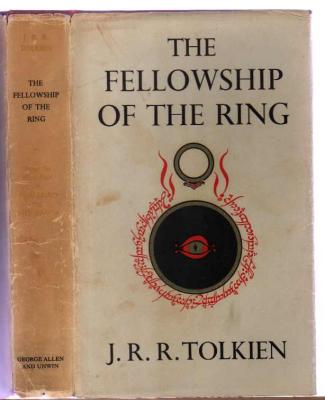At the Back of the North Wind
Any story always tells me itself what I’m to think about it… I never can tell what they call clever from what they call silly, but I always know whether I like a story nor not.
So says Diamond, the angelic little boy at the center of George MacDonald’s At the Back of the North Wind. He’s a small boy whose age is never given, but he’s already ahead of me, because I can’t quite make up my mind whether I “like” this book. It’s considered one of MacDonald’s masterpieces, so its literary quality isn’t a question. For what it’s worth, I stumbled across this page, which puts this book in the company of other popular reads in 1908. Though it was published in 1871, it was in illustrious company thirty-seven years later. Time has only increased its stature.
But do I like it?
Diamond, the son of a coachman, meets the North Wind, personified, and is carried off with her on several adventures. The two have various metaphysical discussions, and Diamond comes to love and trust her despite observing that some of her acts are good, and some terrible — like sinking a ship. Even the evil things lead to good and are shown to be part of a larger purpose. It’s a theodicy wrapped in a fairytale.
Or should I say, several fairytales. The first copy I picked up at the library was abridged, and I held out for the unabridged version. How could I read a book with large chunks snipped out, like Thomas Jefferson’s Bible? I wanted the whole work as its author had envisioned and labored over it.
But I did find myself getting impatient with the tales within the larger tale: dreams various characters report in detail, rhymes and poems, stories told. I’m not sure I gave them the careful attention they needed. One of these tales-within-the-tale, the story of Daylight, was pulled out and published independently.
I also didn’t like the ending. (Spoiler ahead!) Perhaps part of MacDonald’s accomplishment in writing the book was to make peace with the ending for himself, for it’s been noted that Diamond resembles MacDonald’s son Maurice, who died young.
It sounds silly, but I didn’t like the way the book left me feeling cold, either. The chill of the North Wind — who insists herself, and Diamond agrees, that it’s not cold when she’s carrying you — just seemed to pervade the book for me. The cover of the paperback version I read, unlike the one I posted above that contains Jesse Willcox Smith’s wonderful illustrations (someday I’d like to have some of those Books of Wonder on my shelf), depicted an arctic landscape with little Diamond in his nightshirt and bare feet peering across.
However, these are for the most part superficial distractions. The core of the book is deeply satisfying, and it would be an interesting tale to discuss in a setting where you could chew on some of the episodes for awhile. As always, I enjoyed MacDonald’s strong, clean, dense-with-meaning writing — though I’m not so sure others would agree; I’ve gotten the impression that he’s valued more for his unique imaginative gift than for his literary one. And unlike my experience with The Princess and Curdie, I felt the symbolism worked without becoming overbearing.
So I’ve hemmed and hawed my way to a verdict: I liked it. But don’t let it fool you into expecting a lighthearted fairytale. This is one I’ll surely read again someday, and I have no doubt that it will yield more — well, diamonds.




One Comment
GretchenJoanna
It’s been an awfully long time since I read this book, and I *really* loved it then, I think because I sensed that the theological meanings were dense, as you say, or rich with knowledge of things I was just beginning to learn about. I’m sure at the time I wanted to read it again soon, and I never have. Perhaps I’ll need to add it to that re-read list I’m making.